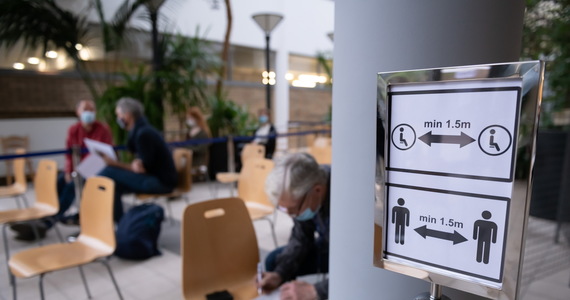Scientists, as they explain in a publication published in Nature’s machine intelligence, they put constraints on their system that are equivalent to the physical and biological frameworks imposed on human minds, for example. These elements are an inspiration to AI researchers because the brain is adept at solving complex problems, all with limited energy.
Read also: Artificial intelligence will prepare Mars for habitation. There will be something to breathe
As it turns out, taking these aspects into account in research can explain why brains work the way they do. As part of the experiments, members of the research team created a system designed to model a highly simplified version of the brain and the constraints used. As shown during the observations, this artificial brain has developed certain features and solutions typical of brains found in highly developed organisms, especially humans.
Based on the computing nodes, the system was responsible for receiving inputs, transforming them, and presenting the results. Each of these nodes – and in the biological world, a neuron – is able to communicate with others. For the purposes of their research, the authors decided to assign each node a specific location in virtual space. The greater the distance between the two selected nodes, the more difficult it is to communicate between them.
In order to better understand how artificial intelligence behaves and how biological brains evolved, scientists conducted experiments on a system based on computer nodes
Neurons in the human brain are organized on a similar principle. Later, the AI was tasked with completing a task in which it had to combine multiple pieces of information to choose the shortest path to the end point. The system had to preserve the start, end and intermediate locations, which was useful in the context of the topic under study. Since some regions may be responsible for different tasks than others, researchers have paid attention to their activity to understand how functions are divided.
After the initial problems, the system used feedback, thanks to which it greatly improved what it was supposed to do. It was similar to the case in which the strength of connections between brain cells changes as learning progresses. The task was then repeated regularly until the AI understood how to perform it exactly correctly.
Read also: Music straight from the brain. Scientists have created an unusual “cover” of a Pink Floyd song
It became even more interesting when the system had to perform a task using the typical limitations of the human brain. That’s when something unexpected happened: the response profiles of individual nodes started to change. In practice, this means that nodes can trigger communications related to properties of the maze at different times. As the authors explain, the same node can encode multiple maze locations, rather than using specialized nodes to encode specific locations.

Echo Richards embodies a personality that is a delightful contradiction: a humble musicaholic who never brags about her expansive knowledge of both classic and contemporary tunes. Infuriatingly modest, one would never know from a mere conversation how deeply entrenched she is in the world of music. This passion seamlessly translates into her problem-solving skills, with Echo often drawing inspiration from melodies and rhythms. A voracious reader, she dives deep into literature, using stories to influence her own hardcore writing. Her spirited advocacy for alcohol isn’t about mere indulgence, but about celebrating life’s poignant moments.









